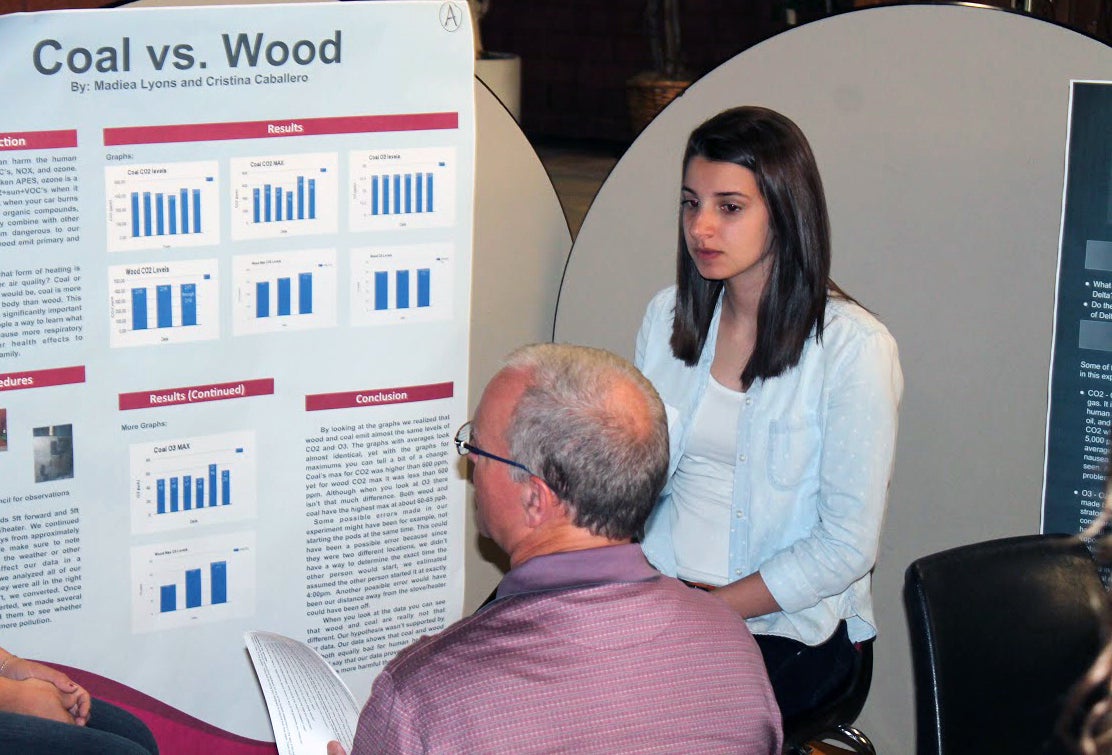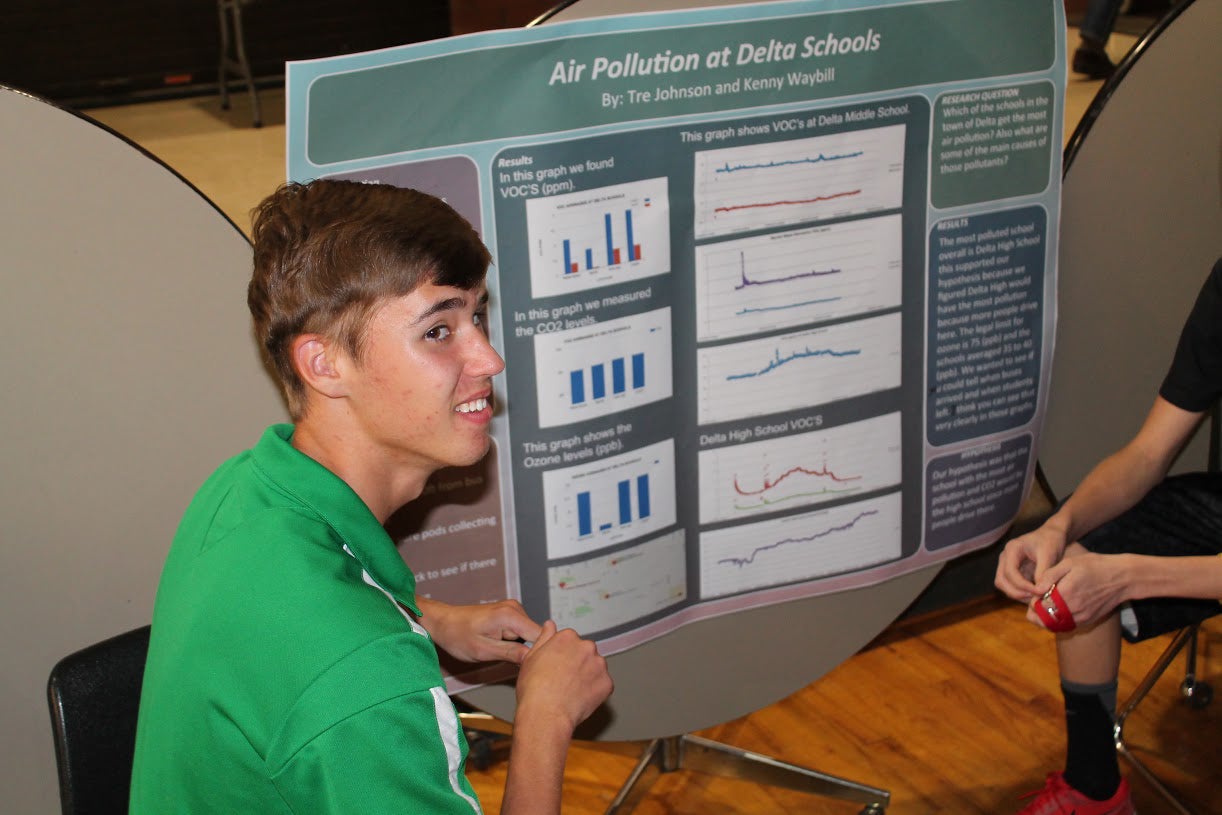Airing things out in the North Fork Valley

Using next-generation air quality monitoring systems being developed by Associate Professor Michael Hannigan’s air quality research group in the CU-Boulder mechanical engineering department, teams of students from Cedaredge, Delta and Hotchkiss high schools conducted air quality experiments ranging from air pollution in agriculture and feedlots, to vehicle emissions in town, to comparisons of a high school’s air quality room to room.
“The North Fork Valley, like many rural communities, lacks comprehensive historic air quality data and our initial partner, the Western Slope Conservation Center, was interested in collecting baseline air quality data and engaging and educating the community,” said Ashley Collier, graduate research assistant at CU-Boulder. “For our research group it was an opportunity to pilot low-cost tools for long-term air quality data collection.”
The Air Quality Monitoring through Citizen Science program works with local schools on air quality education through lectures and demonstrations using the technology, and culminates in the spring at the Air Quality in Delta County Science Symposium featuring posters that demonstrate the students’ findings.
“Discussing their projects with other students, teachers, parents and researchers provides a nice conclusion to the entire project,” Collier said. “Students are provided with an opportunity to talk about what went well, what didn't and what surprised them. Overall, the science symposium allows them to show off their work and reflect on the experience.”

Collier and Hannigan developed the program, which launched during summer 2013. Throughout the first year it was supported by CU Office of Outreach and Engagement. During its second year the program continued under the Education and Outreach efforts of the NSF-Funded AirWaterGas Sustainability Research Network, based here at CU Boulder.
Data from the students’ work has been raising awareness and educating the community. “One group that presented at this event was asked to share their project with the city council; their project compared local air quality before and after the addition of a bypass to the town,” she said.
Collier and the Hannigan lab team assisted with various pieces of the project including, troubleshooting technology issues, curriculum development and advising students’ projects via Google docs. Team members included graduate research assistants Joanna Gordon and Ricardo Piedrahita, and research assistants Evan Coffey and Nicholas Masson.
Collier said the program is ongoing and will continue to explore and refine the technology to track air quality data with the help of the North Fork Valley high school students.
“I'm always impressed by the students’ level of engagement in their projects,” Collier said. “Perhaps it's because we give them the freedom to define and drive their research, but they really do take ownership.”




